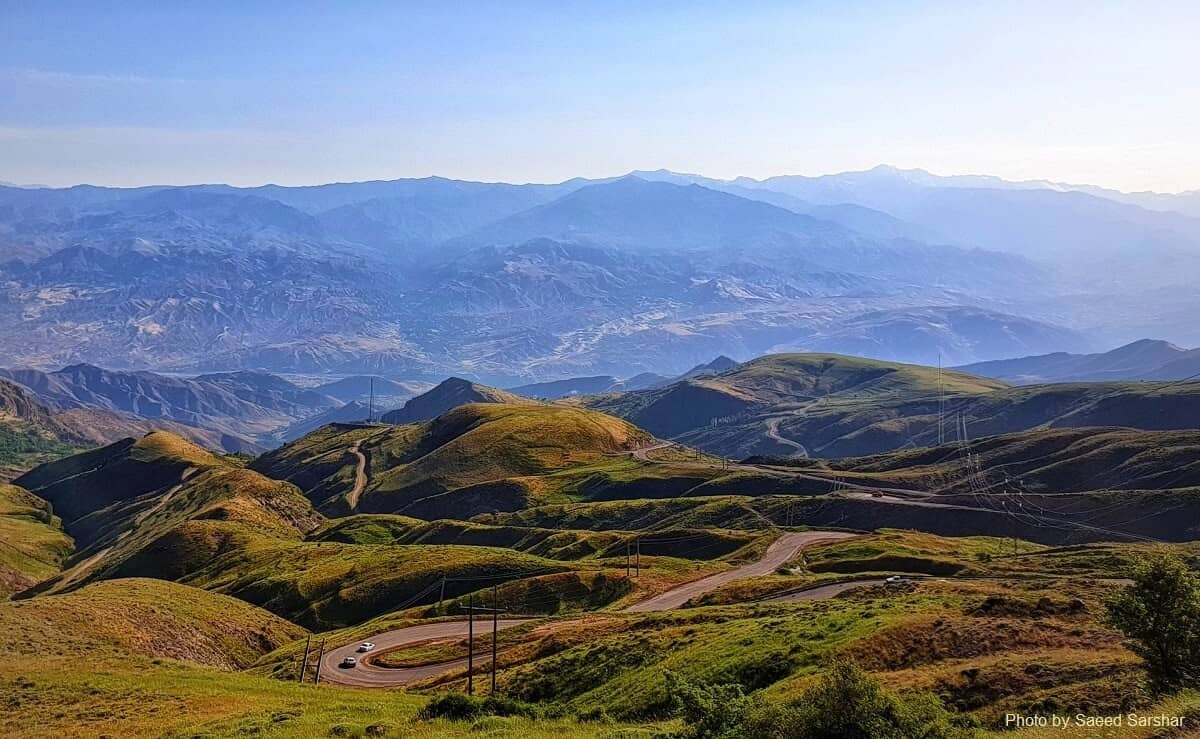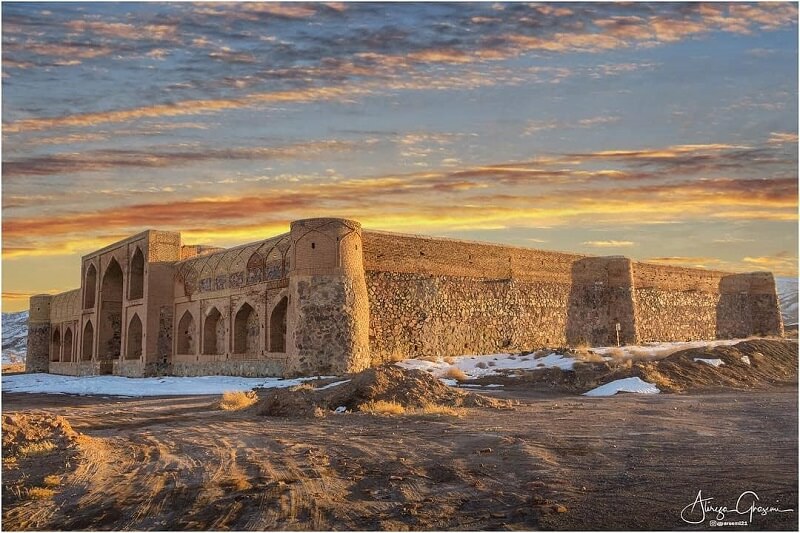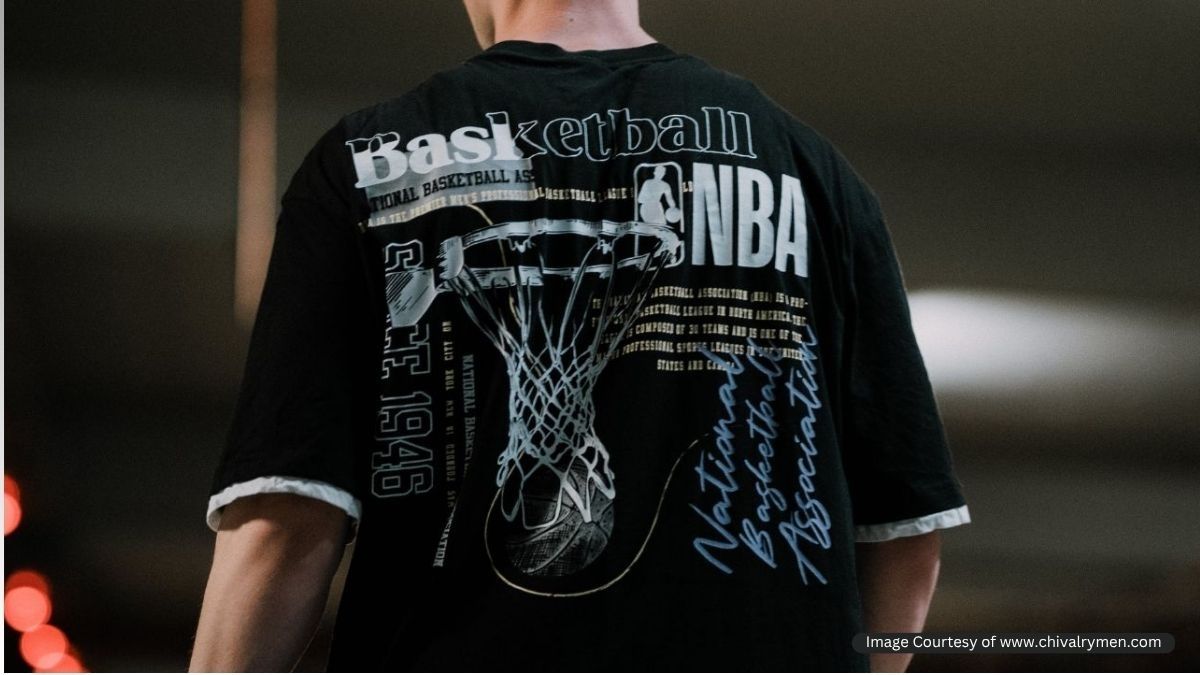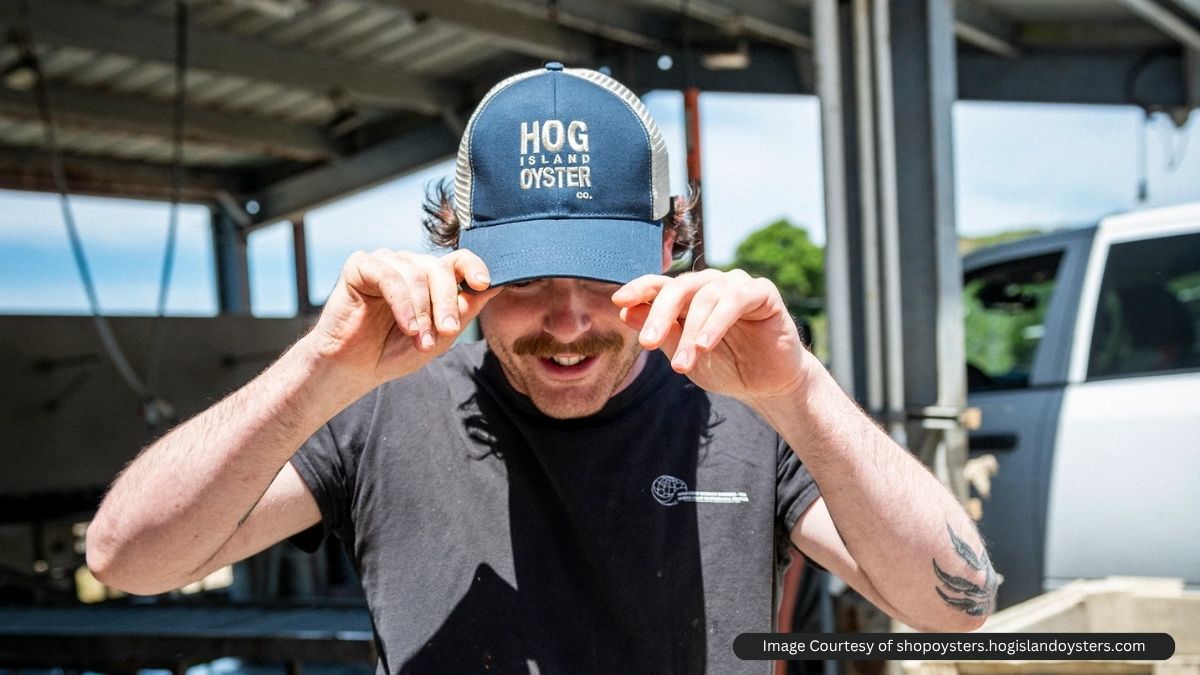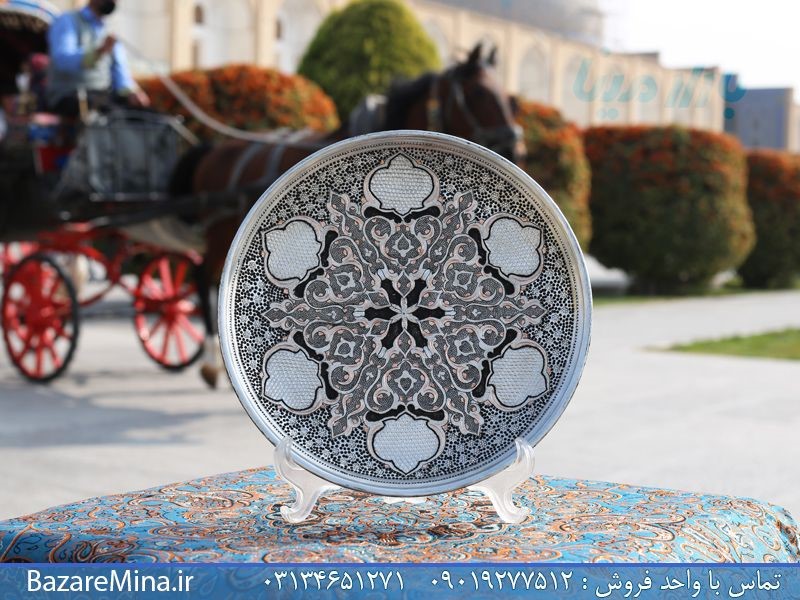
According to “Destination Iran” and following the “BazareMina” website, Isfahan is known for its handicrafts such as Mina Kari, Ghalam Zani, Firoozeh Koobi, etc. Read the following and learn more about Isfahan handicrafts.
Isfahan Handicrafts Art
Isfahan was named the first cultural capital of Islamic nations in 2005. As a result, it has been able to attract more visitors, including tourists looking to acquire handicrafts, of which Isfahan craftsmanship is an excellent choice owing to its high visibility. We’ve been showcasing the crafts of Isfahan as a representation of Iranian folk art throughout the years.
Contact the sales department
00989019277512 – 00983134651271
Isfahan Handicrafts
Isfahan’s Naghshe-Jahan plaza is home to the Isfahan Handicrafts Market. Isfahan has been a center of Persian arts and crafts for centuries, which does not seem so far-fetched while seeing the city and its stunning structures. Isfahan handicrafts, which include carpet weaving, metalwork, woodwork, painting, pottery, and textiles, are all carefully executed with the same expertise.
Bazaremina, Iran’s greatest shop for Isfahan handicrafts, has the best Isfahan souvenirs and handicrafts that you may purchase for your friends and family. You may learn more about them in this article.
Engraving
(GhalamZani/Metal Engraving)
Engraving (GhalamZani) is the skill of creating beautiful designs on metals like copper, brass, silver, and gold. Engraving is primarily done in Isfahan. Artwork created by the artists during this time is a wonderful and indisputable indicator of previous metalwork in Iran, particularly in Isfahan Ghalamzani (Engraving, Teurotics, or Metal Engraving) is an ancient Persian art of engraving elaborate patterns on metal containers, ranging from gold and silver to bronze and copper.
The primary center for this handcraft is Isfahan, this course’s creative work is created by artists who are a wonderful and unmistakable representation of previous metal work in Iranian handicrafts, particularly in Isfahan.
In English, engraving is the equivalent of Ghalamzani, and it is the skill of applying diverse patterns and designs to metal items by carving and decorating. Copper, gold, silver, and brass are the most common base metals. They use a Ghalam (metal pen) and a hammer to engrave the pieces.
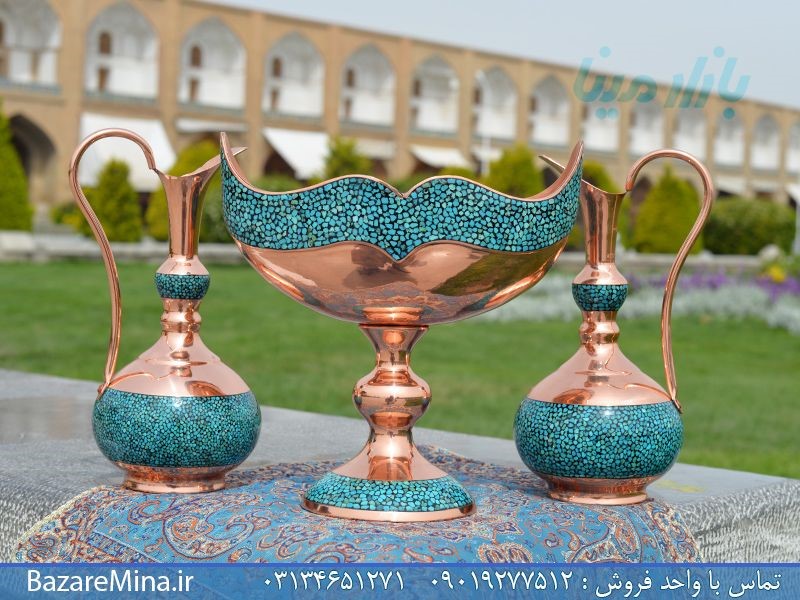
Turquoise
(Firoozeh Koobi)
One of Isfahan’s greatest handicrafts is turquoise inlay on metal (copper, brass, bronze, and silver). The technique is placing little bits of Turquoise, a valuable stone, one by one on the surface of metal containers. The better the quality of the workmanship, the closer the pieces fit together.
There are three phases to turquoise inlay:
- Goldsmithing
- Turquoise encrustation
- Polishing
The technique of inlaying turquoise on the surface of metals such as brass, silver, and copper is known as turquoise inlaying. Turquoise inlay was originated in Mashhad, but it was perfected in Isfahan 60 to 70 years ago. Turquoise inlay (Firuzeh Koobi/ Firouzeh Koobi) originated in Mashhad but reached its pinnacle in Isfahan 60 to 70 years ago.
Turquoise Inlaying (Firouzeh-koobi) on containers consists of a copper item with tiny bits of turquoise put in a mosaic pattern on portions of the surface, giving the object a unique Gleam.
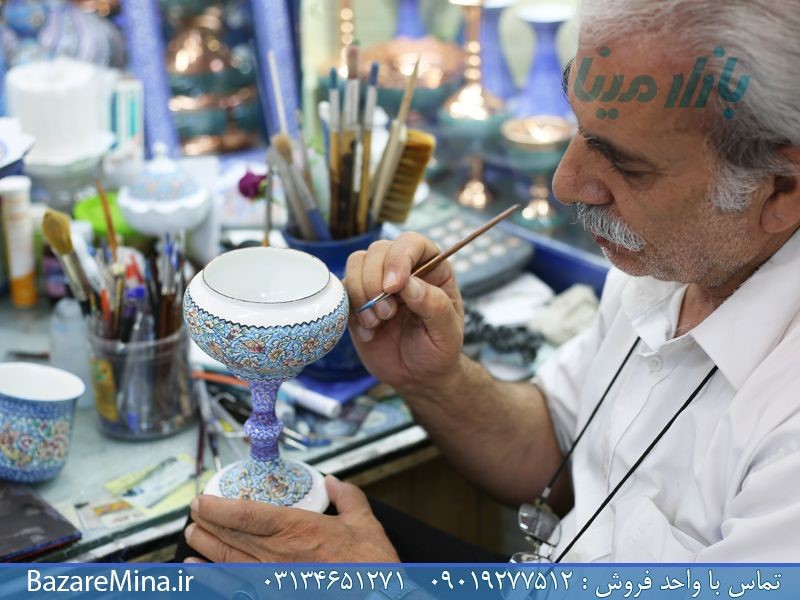
Metal Enameling
(Mina Kari/Enamel-wares)
Mina Kari is a delicate method for painting Persian designs on hammered metal objects such as plates, vases, chandeliers, and other decorative items MinaKari, also known as Enameling, is a handcraft with a five-thousand-year tradition.
Today, much of this art is created on copper, although it may also be created on gold, silver, and earthenware. We want to discuss more this Persian (Iranian) handicraft; According to a study, Minakari’s history may be traced back to ancient Roman time, there is a report that a part of the Zeus statue, one of the Seven Wonders of the Ancient World, was made by Mina Kari.
Unlike the copper and silver enamels, gold is the only metal that does not rust when enamel (Mina) melts, it allows Minakari designers to create designs with as much detail as possible.
The Minakari procedure is as follows:
The artist man first shapes the metal, which is commonly copper today, then applies a white glaze on it, places the body in the furnace at a temperature of about 800 degrees Celsius, recoats it with a higher-quality glaze, and re-heats it.
Typically, this procedure is performed three to four times. The metal body may now be designed and painted by the artist man. Finally, the artist man uses a furnace to stabilize the color of the painted metal dish. Furnace, pliers, press machine, extremely fine brush or pen, and so on are some of the instruments utilized in this operation.
How Does the Mina Bazaar Website Help You?
In Isfahan, Mina Bazaar is the most extensive, high-quality, and appropriate gift provider.
The Mina Bazaar website’s goal is to expose people to Isfahan handicrafts so that interested people may find their products in both local and international markets.
Visiting the Bazaremina website is like visiting Isfahan antique bazaar, experiencing the work of talented and skilled artists.
People who are interested may like examine the things they need, they can shop the handicrafts which they desire,
BazareMina online shop — Bazaremina.ir






